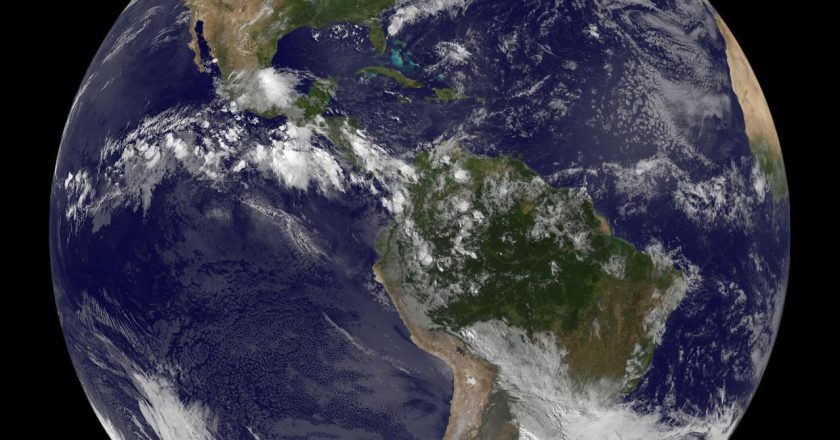NASA — Happy summer solstice, Northern Hemisphere! The…
This year’s summer solstice for the northern hemisphere arrives at 11:54 a.m. EDT, meaning today is the longest day of the year! The number of daylight hours varies by latitude, so our headquarters in Washington, D.C. will see 14 hours, 53 minutes, and 51 seconds of daylight. A lot can happen in that time! Let’s find out more.If you’re spending the day outside, you might be in the path of our Earth Science Satellite Fleet (ESSF)! The fleet, made up of over a dozen Earth observation satellites, will pass over the continental United States about 37 times during today’s daylight hours.
These missions collect data on atmospheric chemistry and composition, cloud cover, ocean levels, climate, ecosystem dynamics, precipitation, and glacial movement, among other things. They aim to do everything...




